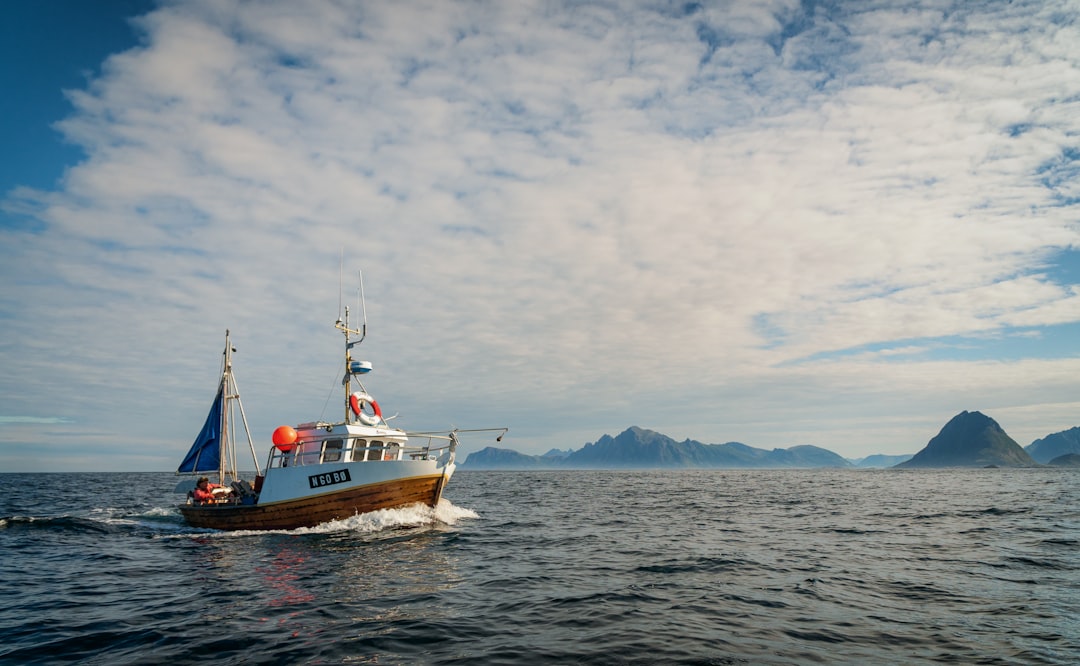What is it about?
Our study on the spatial ecology of P. vittatus shows the importance of carrying out analyses of the ecological niche of threatened and endemic amphibians. Remote sensing was key for estimating a suitable ecological niche model as the two main abiotic factors, elevation and forest cover, were generated using remote sensing tools. This allowed us to assess the potential threshold of forest cover that P. vittatus likely requires to survive. Furthermore, it has allowed the identification of suitable areas where the species presence has not yet been verified or that have not yet been occupied. Future surveys within these areas would be useful. If a constant monitoring program is developed, future large-scale research useful for conservation could be implemented, like demographic studies, population genetics and assessment of the impacts of climate change on the species. We recommend increased engagement and participation of citizen science to increase support the information availability to create ecological niche models. In addition, we have been able to identify populations at risk of being isolated in small fragments. Isolated populations could see their genetic diversity eroded by inbreeding and drift. We recommend future evaluation of the connectivity among populations to assess which ones are at risk of becoming genetically isolated. This would allow us to determine which populations are endangered and which could serve as reservoirs of genetic diversity.
Featured Image

Photo by Isaac Quesada on Unsplash
Why is it important?
We were able to: 1. Expand the scientific knowledge about the ecology of Phyllobates vittatus. 2. Spot populations that could be potentially isolated and areas where the presence has not been verified. and characterized its first ecological niche. 3. Recommend changing the P. vittatus' threatened status to "Endangered". 4. It showcases the potential of citizen science!
Read the Original
This page is a summary of: Remote sensing and citizen science to characterize the ecological niche of an endemic and endangered Costa Rican poison frog, Amphibia-Reptilia, April 2023, Brill,
DOI: 10.1163/15685381-bja10134.
You can read the full text:
Contributors
The following have contributed to this page










